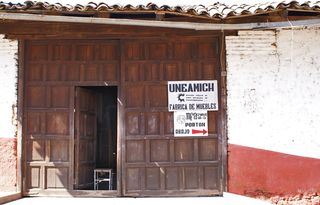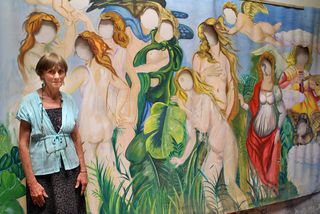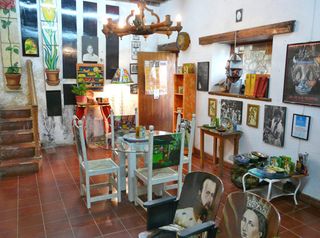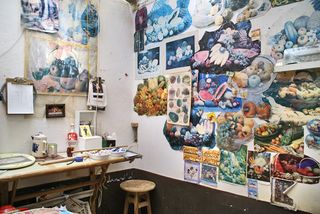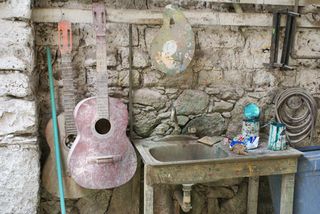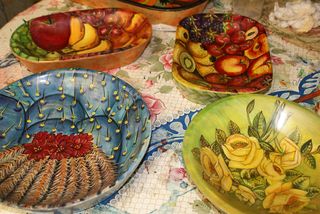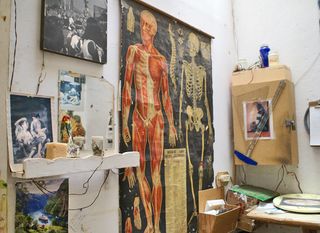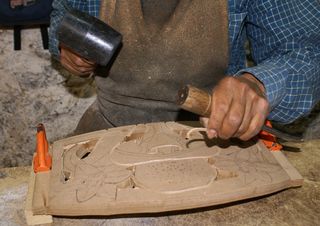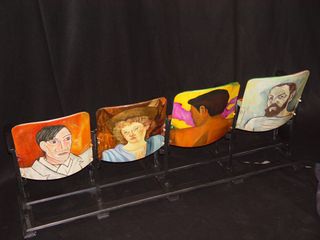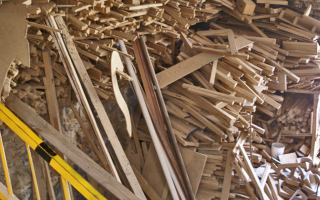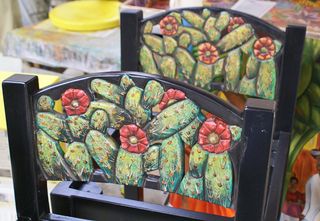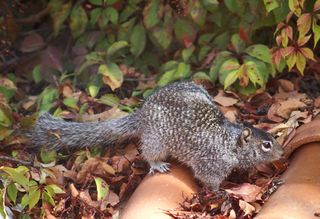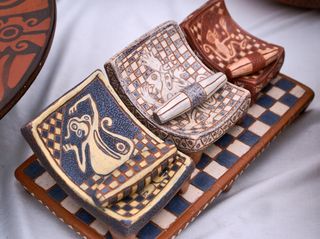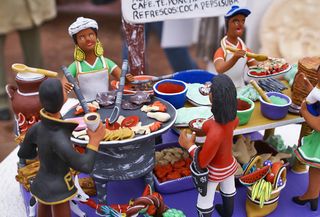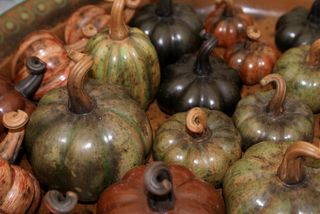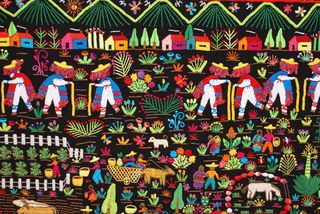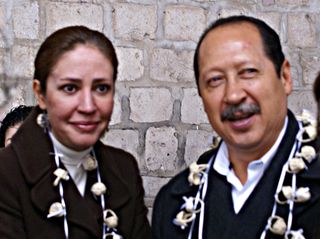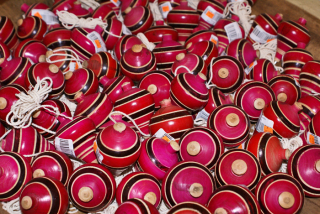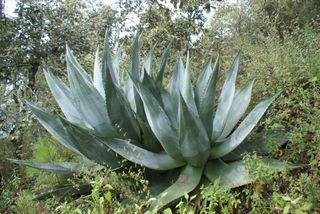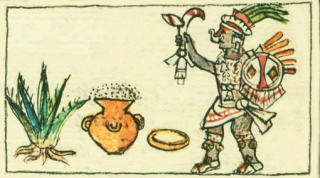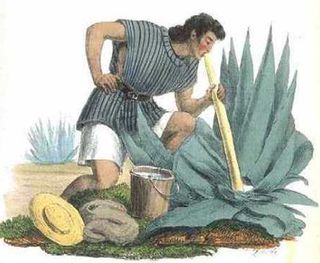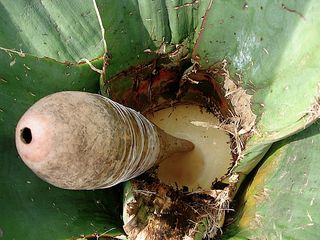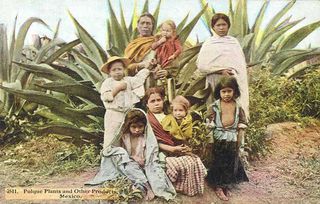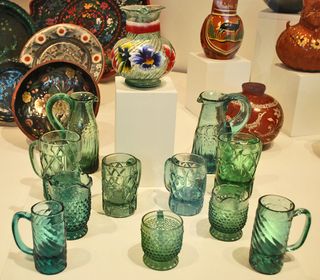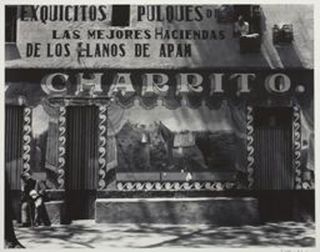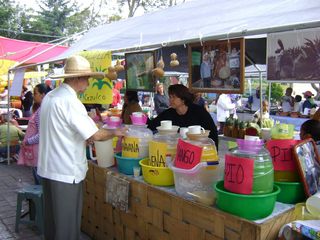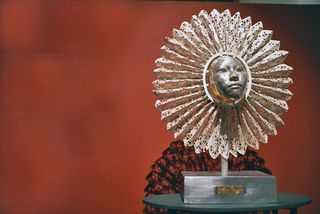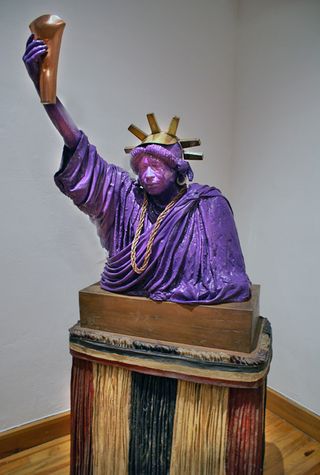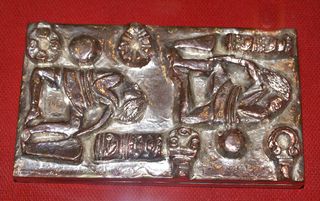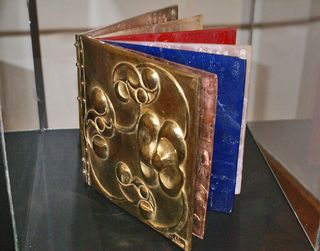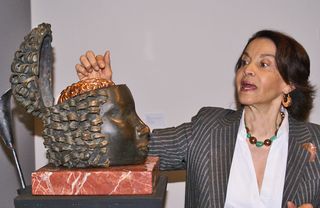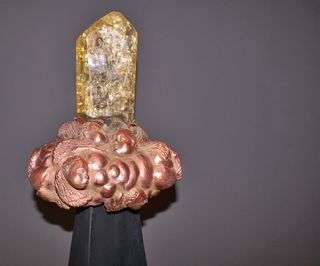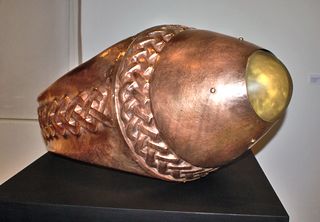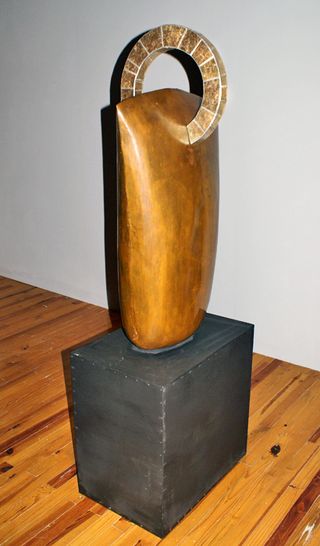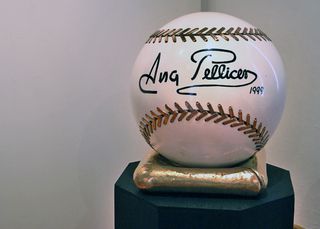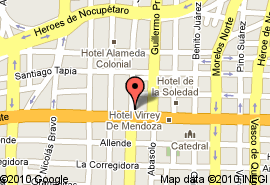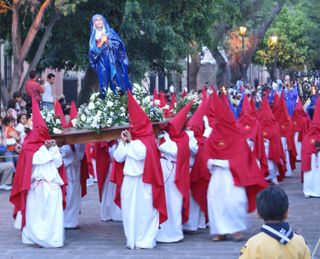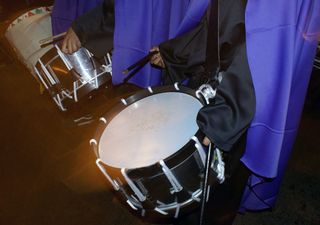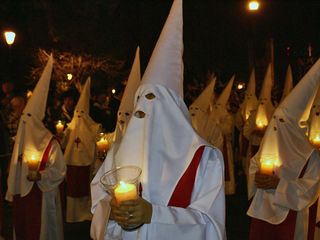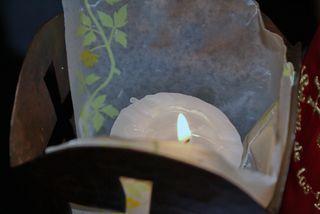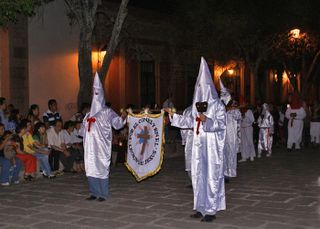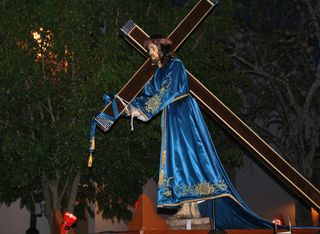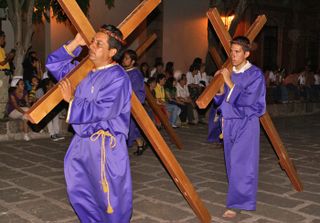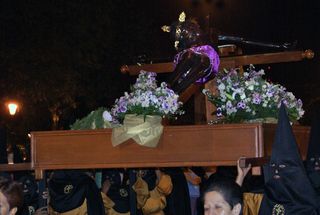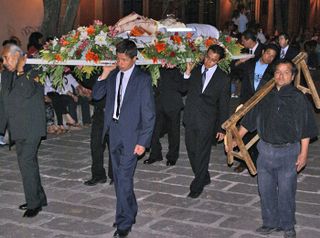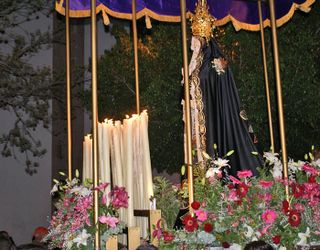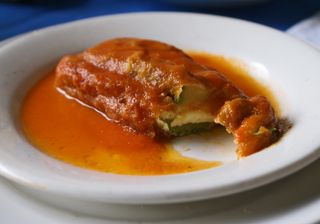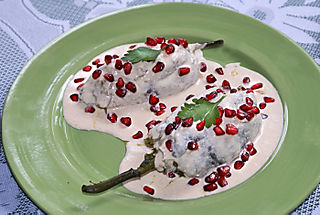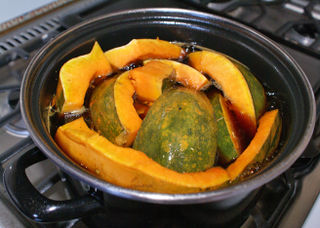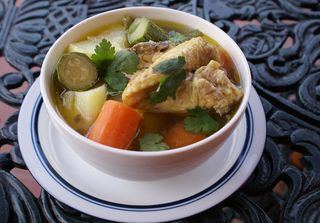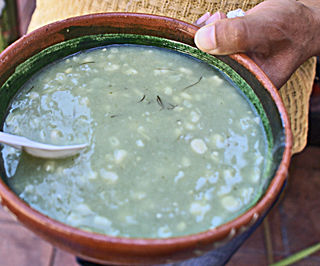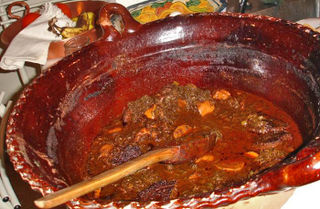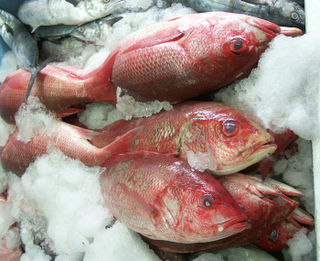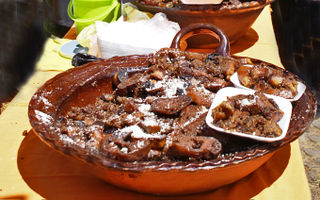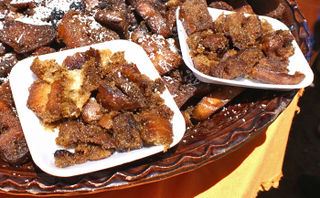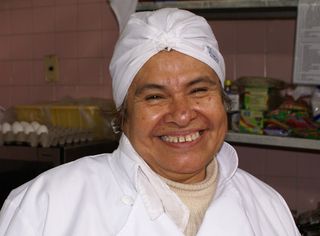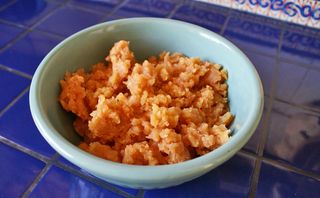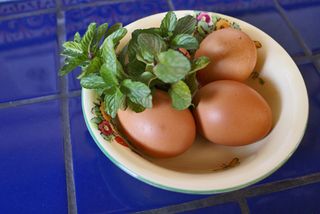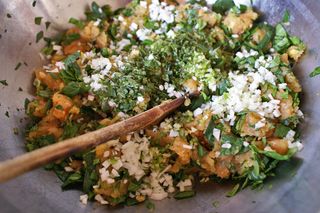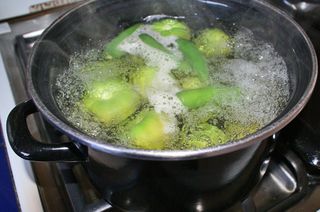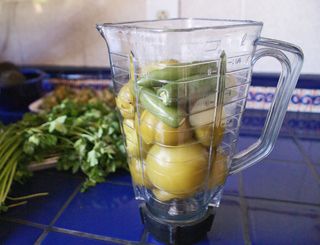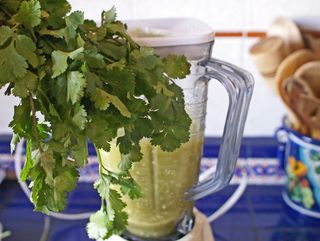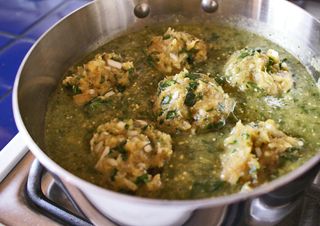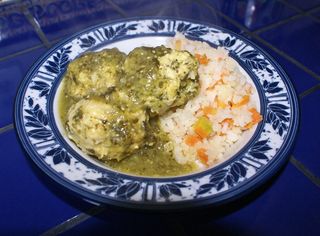
Just a few of the fresh seasonal fruits and house-squeezed juices from the full breakfast buffet at Hotel Limonchelo B&B, Morelia. Other breakfast treats on the fruit bar include yogurt, granola, nuts, and honey.
A few weeks ago, our friend Sheila Velazco mentioned that she had found a new hotel in downtown Morelia that we just had to see. Last week, Sheila invited Mexico Cooks! to join her for breakfast at Casa Limonchelo Bed and Breakfast in Morelia's Centro Histórico (historic downtown).
It was a great day to be in downtown Morelia. Just for the day, the Centro Histórico was closed to vehicular traffic; our taxi dropped us two blocks from the hotel and we ambled the rest of the way under blue skies and bright sunshine.

The young Duarte family opened Casa Limonchelo in April 2010. Raúl Duarte Ramírez, who trained as an architect, was actually born in this late 17th Century house that he and Susana Carrasco, his wife, now run as a bed and breakfast.

A view of the gift shop at Casa Limonchelo, which features some of Michoacán's regional products–candy, jewelry, and hand-made souvenir items.
Raúl Duarte grew up just down the street from the 225-year-old building. Ten years ago, as a young single man, he moved into a few upstairs rooms in the old building. During the years of his architectural studies, he grew more and more concerned about signs he noticed of the slow deterioration of his family home. His main preoccupation became the restoration of the historic house.
INAH, Mexico's Instituto Nacional de Antropología e Historia, closely monitors the restoration of homes in Morelia's Centro Histórico. Even though the restoration and minor remodeling of Casa Limonchelo was primarily cosmetic, INAH's strict regulations for historic preservation governed Sr. Duarte's work.
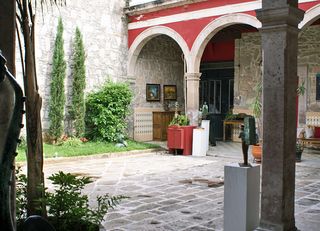
A covered terraza (terrace) surrounds three sides of the sunny
central patio at Casa Limonchelo.
After Raúl and Susana married, they continued to live upstairs while they dedicated themselves to the work on the house. Opening the hotel became their joint dream. Due to their hard work and determination, they have been able to open the hotel sooner than they expected. Even so, they say that more amenities will be added to the public rooms and the guest quarters as time goes on.
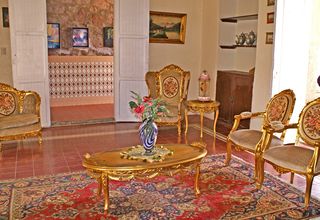
Furnished in typical highly decorative late-17th Century style, the sala principal (guest living room) is elegant but relaxing and comfortable.

The charming bed and breakfast has nine guest rooms, a large, comfortable living room, two patios, a cozy bar, and a small gift shop specializing in Michoacán's regional products.
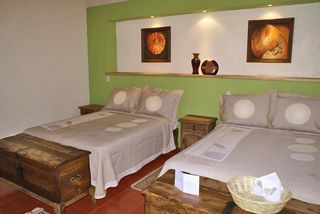
One of the two double-sized guest rooms at Casa Limonchelo. Susana Carrasco took charge of all the hotel's decoration and added everything that was, as her husband said, 'the woman's touch'. The B&B also offers free wireless Internet service to all guests.
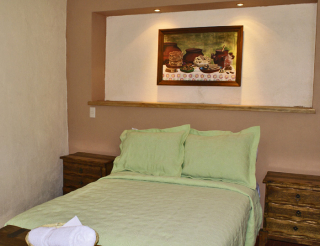
One of the six Casa Limonchelo guest rooms suitable for one person or a couple.
The nine available rooms at Casa Limonchelo:
Six individual rooms:
–1 person…….400 pesos
–2 people…….500 pesos
One double room:
–2 people…….500 pesos
–4 people…….700 pesos
These seven rooms share bathrooms.
One individual room with en suite bath:
–1 person……550 pesos
–2 people…….650 pesos
One double room with en suite bath:
–2 people……700 pesos
–4 people……950 pesos
All beds in all rooms are double bed size. All prices include a full breakfast every day of each guest's stay. All prices are as of May 2010 and are subject to change without notice.
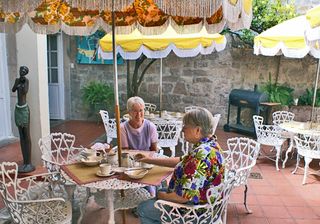
The dining patio at Casa Limonchelo. Cheerful umbrellas offer plenty of morning shade. Breakfast the morning that Mexico Cooks! was at the bed and breakfast included a guisado (prepared hot dish) of chicken and potatoes, aporreadillo (a dish of eggs, cecina [spicy dried beef], and broth from Michoacán's Tierra Caliente [hot lowlands]), beans, house-made salsa picante (hot table sauce), freshly made hot tortillas, a variety of seasonal fresh fruits and juices, and bread brought oven-hot from a nearby bakery.
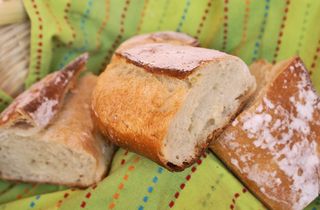
The delicious fresh-baked bread offered at the bed and breakfast.

Little Raúl, age two and a half, with his father, arquitecto Raúl Duarte Ramírez.
This new bed and breakfast offers a terrific and inexpensive option for a stay in Morelia's Centro Histórico. Whether you're coming from out of town or have more guests coming than your Morelia home can accommodate, Casa Limonchelo is super-comfortable, and close to all of Morelia's main tourist attractions. Its guest rooms are set far enough back from the street that normal city noise will not intrude on your times of relaxation or sleep. The owners are charming and willing to go the extra mile to please their guests. You'll have a great time here.
Casa Limonchelo Bed and Breakfast
Avenida Madero #742
Col. Centro
Morelia, Michoacan, México
Casa Limonchelo
Tel: 443.232.2114
Looking
for a tailored-to-your-interests specialized tour in Mexico? Click
here: Tours.
